
As we move ever closer to the idea of the “cashless” society, currency conversion isn’t the dilemma it once was for many travelers. However, this is one trend that has yet to gain a full foothold here in Japan. If you’re planning to visit Osaka anytime soon, depending only on your credit or debit card could land you in trouble. For the fact of the matter is, your “flexible friend” isn’t quite as flexible here as it is elsewhere.
For this reason, having access to local currency, in cash, is essential to ensure any visit to Osaka goes smoothly. Of course, this can be a complicated and time consuming process. This last point is especially true for those visiting Japan for the first time.
To that end, we’ve prepared for you today this handy guide to the various ways one can access Japanese yen in Osaka. Even with my own visa card, and after close to 2 decades here, I still keep about 20,000 yen or so on my person at all times, in case of emergencies.
So, without further delay, here’s a rundown of the most convenient ways to turn your foreign currency into yen.
Table of Contents
Order your money ahead of time
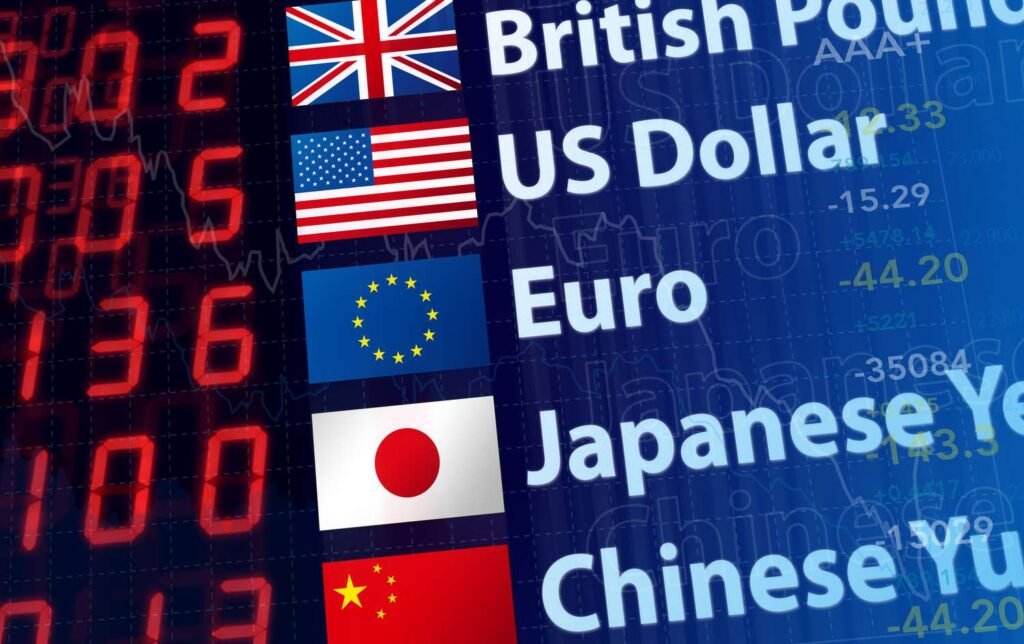
Of course this may sound obvious, but by far the most convenient way to get yen or any other foreign currency for a trip abroad is to order it from your local bank or travel agent in advance of your trip. This will ensure the best exchange rate, and also allow you to budget more accurately before you set off on your adventure.
However, it’s important to remember the aforementioned aversion that many stores in Japan have to cashless payments. To that end, if you do get your yen ahead of time, try to get it in cash, as opposed to travelers’ checks. Most of the larger hotels will be happy to convert travelers’ checks to local currency for you, however many charge a fee for this. Also, if your checks are in US dollars, or another foreign currency, then expect a somewhat harsher exchange rate too.
Bring Currency with you and exchange it at the airport
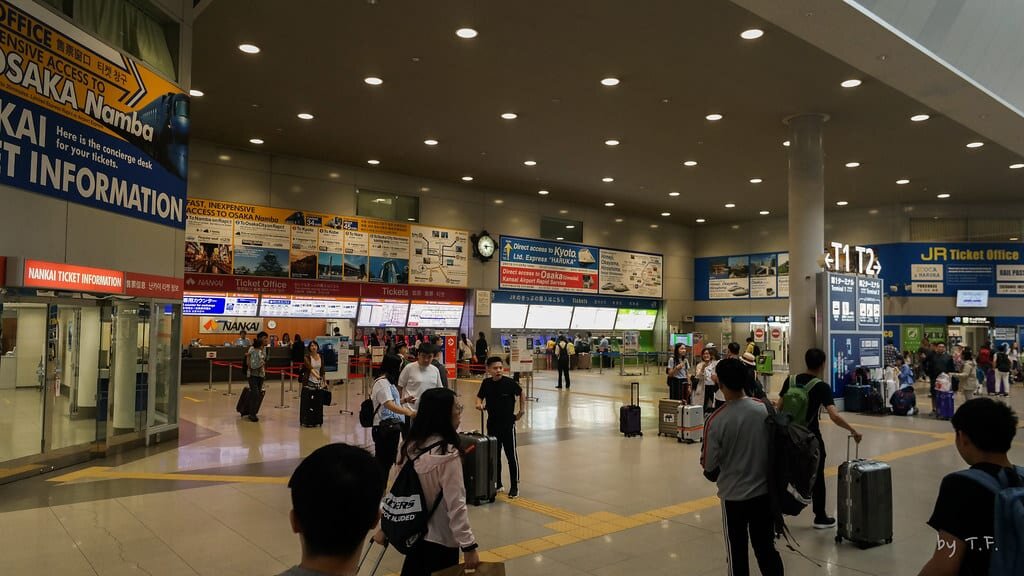
Many of us are able to order currency ahead of time. However, this isn’t always the case. If you’ve read this far, then I’ll assume you’re one of those who hasn’t obtained their yen before coming to Japan.
The airport is the most easily accessible option for accessing local currency upon arrival. You can find maps to the various currency exchange shops at Kansai Airport here. However, as I’m sure others will tell you, changing money at the airport is, frankly speaking, an utter rip-off.
Unfortunately, whilst the rates are a little more lenient in Japan than in some other countries, they are still pretty excessive.
As a case in point, upon returning to Japan from my recent vacation in Scotland, I decided to check the airport’s exchange rates. On that day, the exchange rate between the 2 currencies was 163 yen to 1 UK pound, according to xe.com. However, the on-site currency exchange counter only offered 128 yen for each of my leftover pounds. This may not seem like much, but when you multiply that differential out over a few hundred pounds, it runs into several thousand lost yen. Commission charges can also be rather wild at the airport.
As I mentioned earlier, I always like to keep about 20,000 yen on me in ready cash. This is the equivalent of about 150 to 200 US dollars. So, if you arrive in Japan without any yen in cash, I recommend changing this much at the airport. It’s always best to have some money on you, while you make your way to your accommodation.
Of course, if you have any upfront expenses, such as taxi or hotel bills to pay on arrival, then you’ll need extra cash for these too. However, larger hotels and an increasing number (though definitely not all) taxis, now accept international credit cards. Where possible try to ask ahead of your arrival if your hotel or transportation service will accept your card. The less money you need to change at the airport, the better.
Exchanging Currency at Hotels
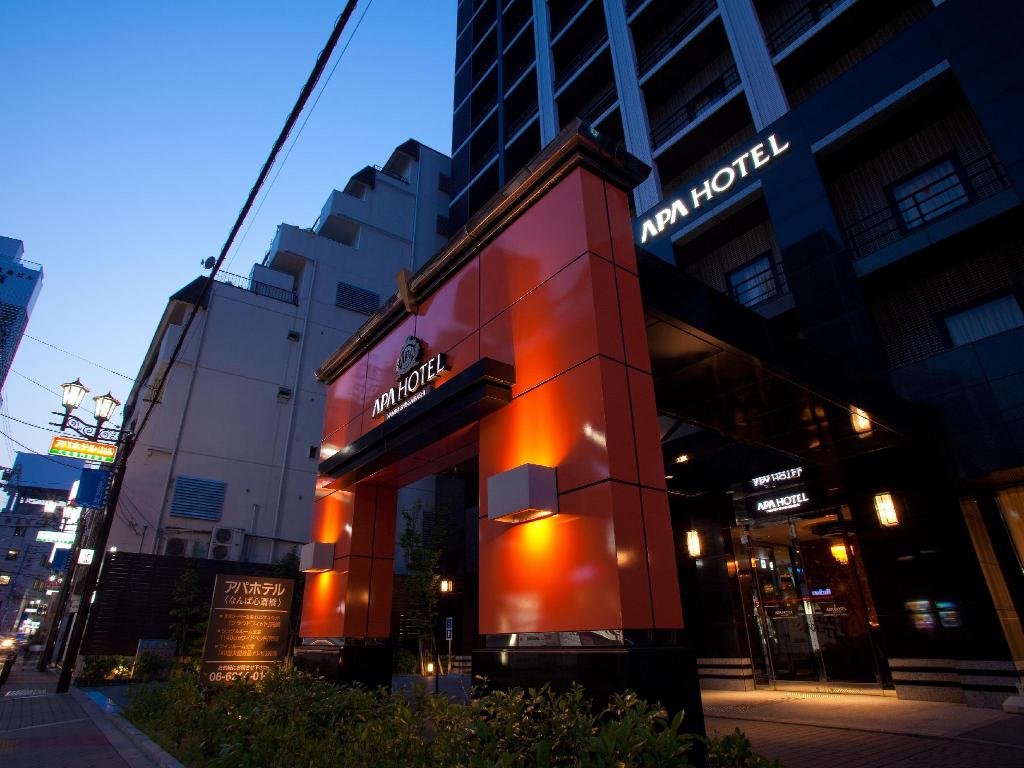
Again, this isn’t the ideal way to do things, as hotels do tend to charge a rather exploitative premium for this service. However, if you need ready access to funds, and no other sources are immediately available, then most of Osaka’s hotel chains, such as APA, offer currency Exchange services. The rates are certainly more favorable than what you’ll find at the airport, but still pretty poor in terms of value for money.
Be careful, as you may sometimes see no-name currency exchange shops dotted around the hotel districts or nightlife areas. Though you can unearth an occasional bargain, many of these are money-laundering fronts for organized crime. As such, they are notorious for ripping off easily exploited tourists. Whilst the police have cracked down in recent years, a number of these can still be found in the likes of Namba and Shinsaibashi.
The first two options we have outlined here are, undoubtedly the most expensive. Perhaps more pertinently, they also offer the least value for money.
Thankfully, there are some alternatives. Let’s look at those now.
Currency Exchange Shops
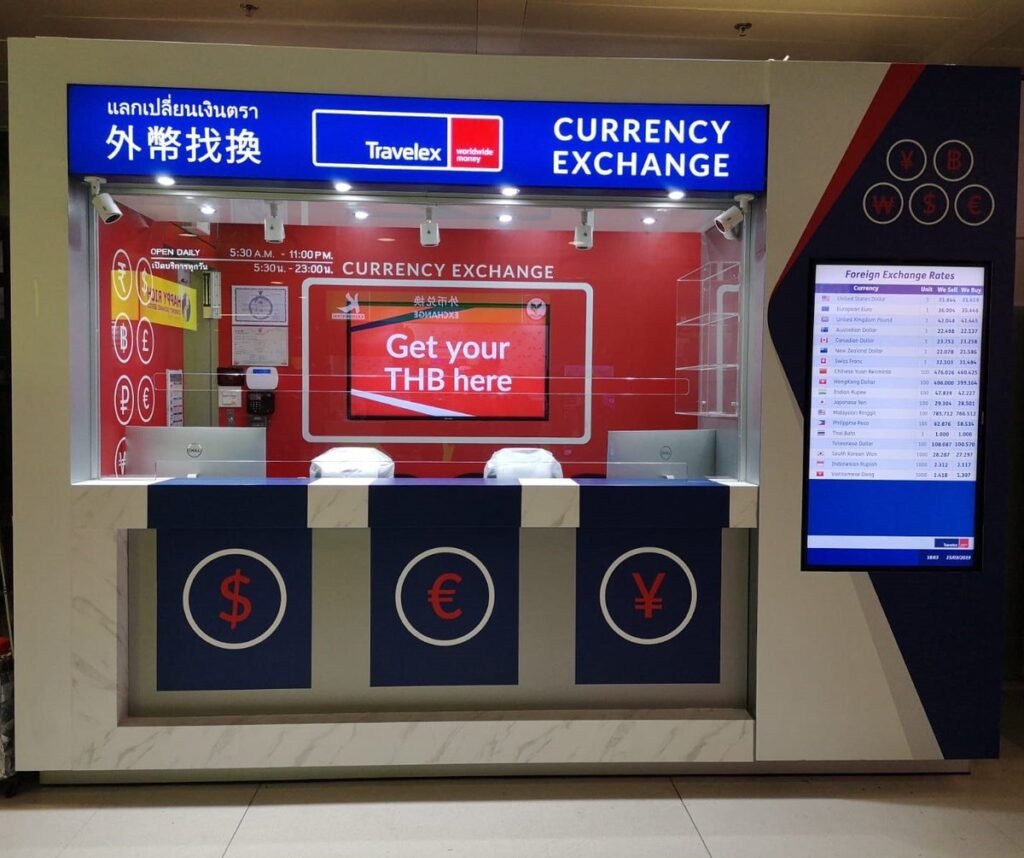
Another, somewhat more cost-effective option is currency exchange shops. In Osaka, you will find these within the larger train stations. The likes of JR Osaka Station, Namba, Tennoji and Shin Osaka all have on-site currency exchange stores. Commonly, these are run by Travelex, or in some cases Mitsubishi UFJ Bank. However, in Japan both of these outlets have the same parent company, so their exchange rates will be the same.
Certain stores will run campaigns and promotions at certain times of year, so there’s no harm in shopping around a little, if you have the time. Generally speaking though, all of these stores will offer similar rates and charges.
Remember that all reputable stores will show you exactly how much money you will receive before confirming the exchange. Make sure you are happy with the amount you are receiving. Any store that does not do this as a matter of policy should be given a wide berth.
In the event that the staff don’t speak English, they will usually type out the amount on a calculator or tablet computer and show it to you before confirming the transaction. They will also use an automated counting device to ensure there are no mistakes.
Finally, the staff will count out the money in front of you before handing it over. In the unlikely event that there are any errors, this is the time to speak up. Once the money has been handed over and accepted, the transaction is complete. There are no refunds thereafter.
Getting Foreign Currency from ATMs
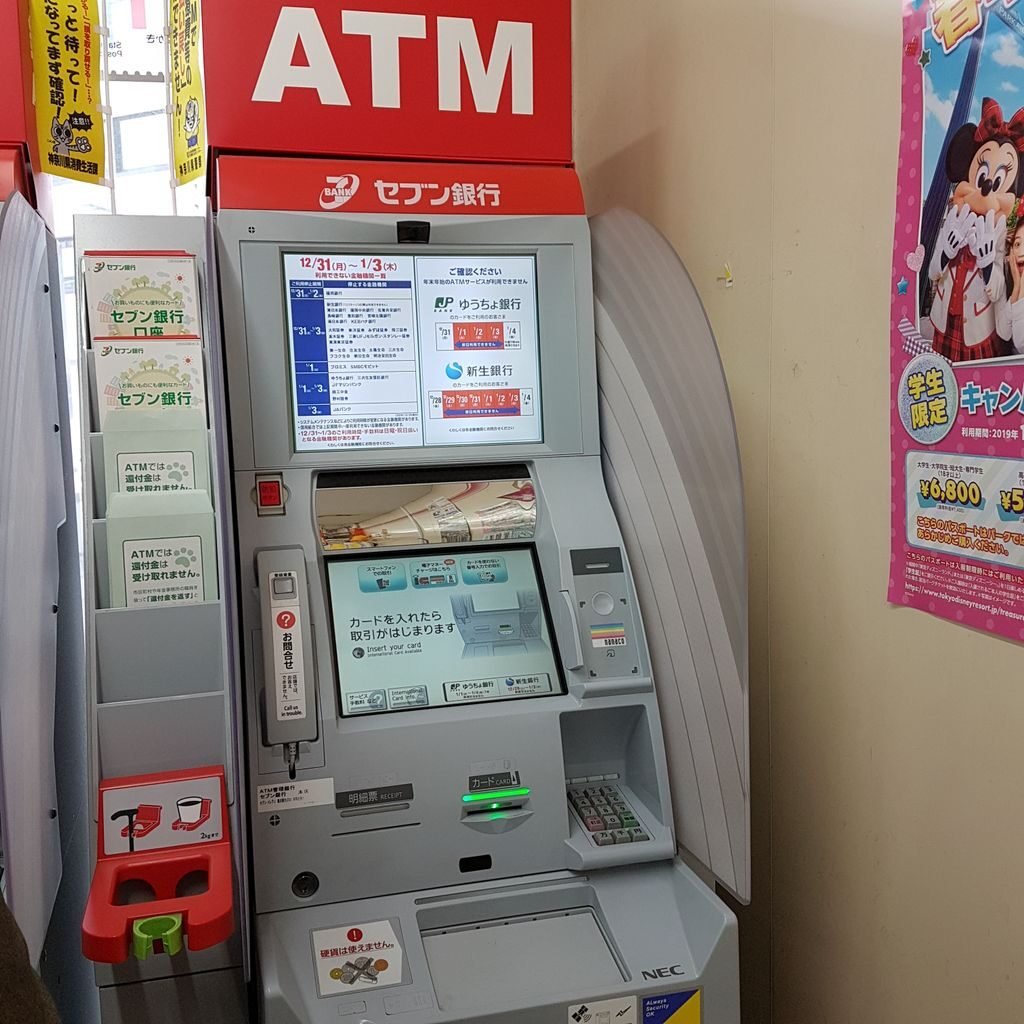
Bank ATMs are a bit hit and miss when it comes to getting foreign money. At the time of writing, none in Japan offer currency conversion. However, if you have a valid credit or debit card, you can usually withdraw funds from most convenience store ATMs.
The 3 biggest convenience store chains in Japan: 7Eleven, Lawson and Family Mart, all accept the major international credit cards. There can sometimes be compatibility issues depending on the country of origin and the issuing bank. However, if your card is a VISA, Mastercard or JCB card then you should be good to go.
Another issue to consider here however is withdrawal limits. The daily withdrawal limit in your home country will still apply here in Japan. For example, the last time I had a UK-issued card, the daily withdrawal limit was 500 pounds. That’s 80,000 yen going by today’s rates. Most Japanese bank accounts have a set limit of 100,000 yen per transaction. So, even if your card does not have a set limit in your home country, you still can’t withdraw more than 100,000 yen from a convenience store ATM in one go. There is also a transaction fee of 105 yen, which you will need to factor in when making sure you stay within your daily limits.
English Friendly ATMs
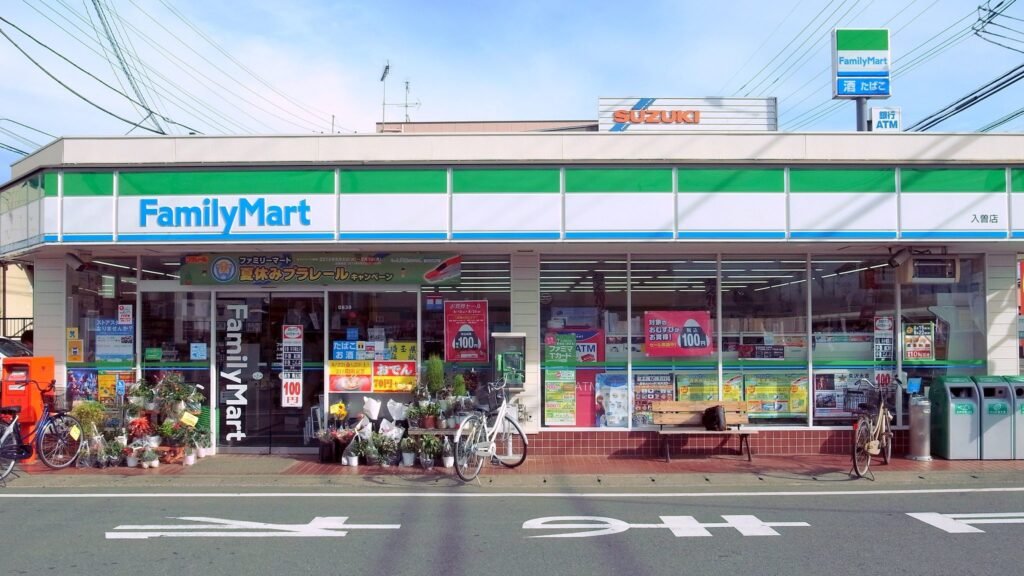
As I stated above, all the major convenience store chains in Japan have ATMs that accept the major international credit cards. However, special mention should go to Family Mart. Their stores offer a multi-lingual interface that covers not just English, but also Portuguese, Chinese and a couple of other languages too. 7Eleven machines also offer an English interface, as do Lawson’s machines. However, you’ll need to be careful to select the correct language option when you first approach the ATM. Depending on the location, the language options may trigger as soon as you touch the screen, or when you insert your card for the first time. Lawson provided this handy English guide to ATM usage on their website. The interface differs slightly in other stores, but this gives you a good idea of what to expect from most convenience store ATMs.
Remember however, that while the vast majority of convenience stores are 24 hour operators in Japan, this isn’t always the case with their ATMs. Some networks have set “down time” periods where they aren’t available.
Post office ATMs also offer withdrawals using international credit cards. However, these ATMs have similar opening times to the post offices they operate from. Therefore, most of them will be unavailable after 5 or 6pm.
It is probably best to check with your card issuer in your home country. They can tell you which particular ATMs they recommend prior to your arrival in Osaka.
Exchanging Foreign Currency at Banks
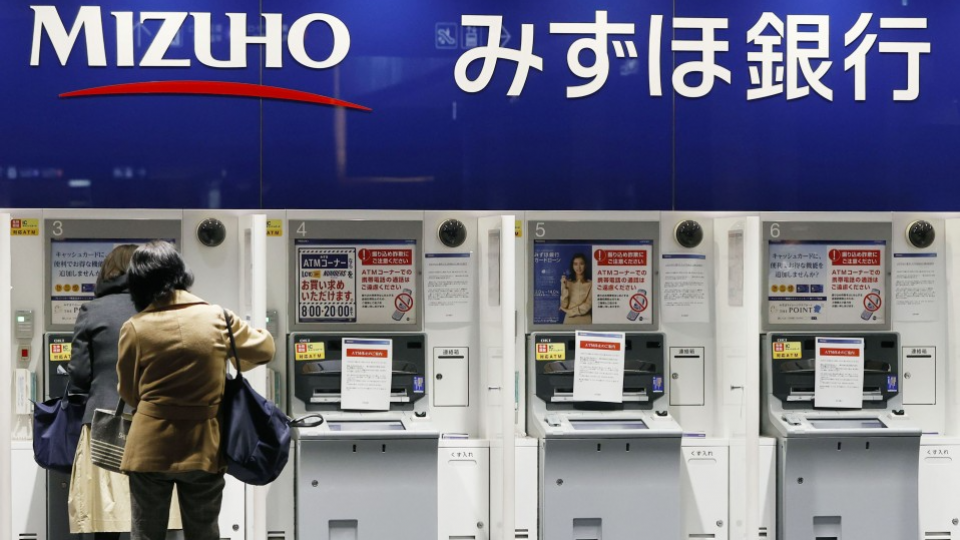
By far the cheapest option for changing foreign currency into local cash in Japan is through banks. The large national level banks such as Mizuho, SMBC and MUFG all offer currency exchange services. Clicking on each of the aforementioned bank names will take you to a list of branches in Osaka City. All three have branches within a few minutes of JR Osaka Station. The rates aren’t great, but they are certainly an improvement on what the airport or your hotel will likely offer.
If you’re changing a higher volume of cash, then the bank is also a better bet than most currency exchange shops. However, interbank rates fluctuate constantly, as indeed do the rates offered by the likes of Travelex. It’s a case by case thing, so where time allows, I recommend checking all your options before deciding. Please also note that banks in Japan only open from 9am to 3pm, Monday to Friday.
Using a Bank ATM: A Basic Guide
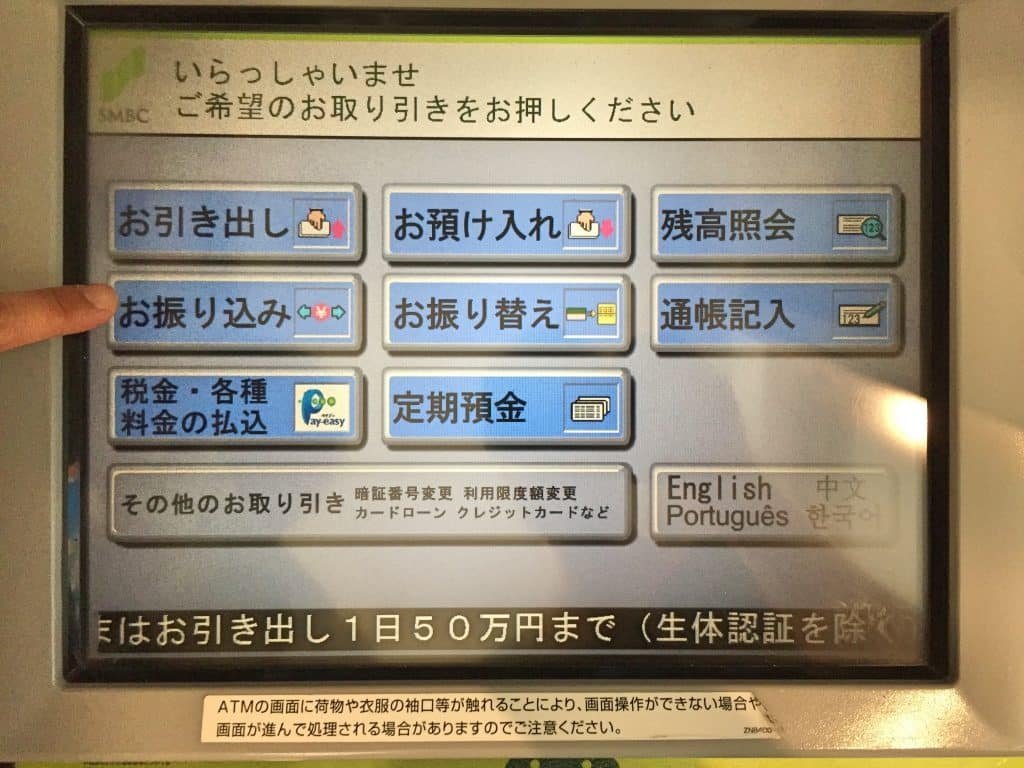
When looking for an ATM if you see any signage on it that says “international” or “English available”, then its a safe bet to say that your international card will work with it. However, not all ATMs that accept foreign-issued cards have an English interface. For that reason, here’s a quick rundown on how to operate the ATM.
First, insert your card. You will then be prompted to enter your pin number. Once you’ve done this, you’ll usually be presented with several options. There may be others, but we only need concern ourselves with the first 3.
お引き出し (Ohikidashi): Make a Withdrawal
預け入れ (Azukeire): Make a deposit
残高 (Zandaka): Check your current balance
Sometimes you may have to select the service you require (from the options above) and then enter your pin. The exact order varies depending on the bank. However, the process is the same.
In most cases, you will not be able to check the balance or make a deposit into your foreign bank account using a foreign-issued card in a Japanese ATM. However, if you’re here for travel, you probably only need to worry about withdrawals anyway.
Next, go ahead and press the お引き出し button. You’ll next see a prompt to enter the withdrawal amount. You will, of course, need to enter this amount in Japanese yen. Once you’ve keyed in the numerical amount, press the 円 (Yen) key to confirm. Unless you are familiar with Japanese numerics, do not press the 万 (man) or 千 (sen) button. Sen multiplies the amount you’ve entered by 1,000 and man multiplies it by 10,000!
Assuming all is well (you have sufficient money in your account, you haven’t exceeded the daily withdrawal limit, and the ATM isn’t on downtime), the money should pop out of the ATM.
What to do When Visiting a Bank in Japan for the First Time

Banks in Japan may operate slightly differently to what you are used to. Rather than just wait in line, you need to take a numbered ticket. The ticketing machine is usually near the entrance. A security guard or staff member usually stands near the doorway and they can assist you with this. Your number will be called in Japanese when its your turn.
However, don’t worry if you don’t speak Japanese, the number will also flash up on a screen above the booth you should go to. Osaka banks usually have at least one staff member with some level of English ability. However, you shouldn’t depend on this. It varies depending on who is working that day, and which branch you go to. Also, be prepared to wait up to 30 minutes if you visit a city center branch at a busy time.
Generally speaking, branches on the outskirts of the city or in residential areas tend to be less busy. However, they are also far less likely to have any English speaking staff. It’s something of a balancing act.
A Word About UK Currency

Travelers from the UK who wish to change pounds into yen at Japanese banks or currency exchange shops need to be aware of another issue. Japan only has one central bank issuing all of its currency, The Bank of Japan (known locally as Nippon Ginko). However, the UK has seven different banks that issue their own versions of the various Pound Sterling banknotes. In England and Wales, the Bank of England issues all notes. In Scotland, whilst the most commonly used notes are those of the Bank of England, 3 other, Scotland based banks, also issue Sterling notes. A further 3 banks in Northern Ireland also do likewise. All 7 forms of the various note denominations are, in principle, acceptable legal tender in the UK.
However, for historic, and in some cases prejudicial reasons, many outlets in England will only accept Bank of England notes. Unfortunately, this same prejudice has bled into Japan’s monetary system too. So, if you are visiting from the UK, make sure that all your currency is in Bank of England issued notes. This saves the embarrassment of the bank in Japan having to reject your currency. It also avoids any potential for frustration on your side of things.
Conclusions
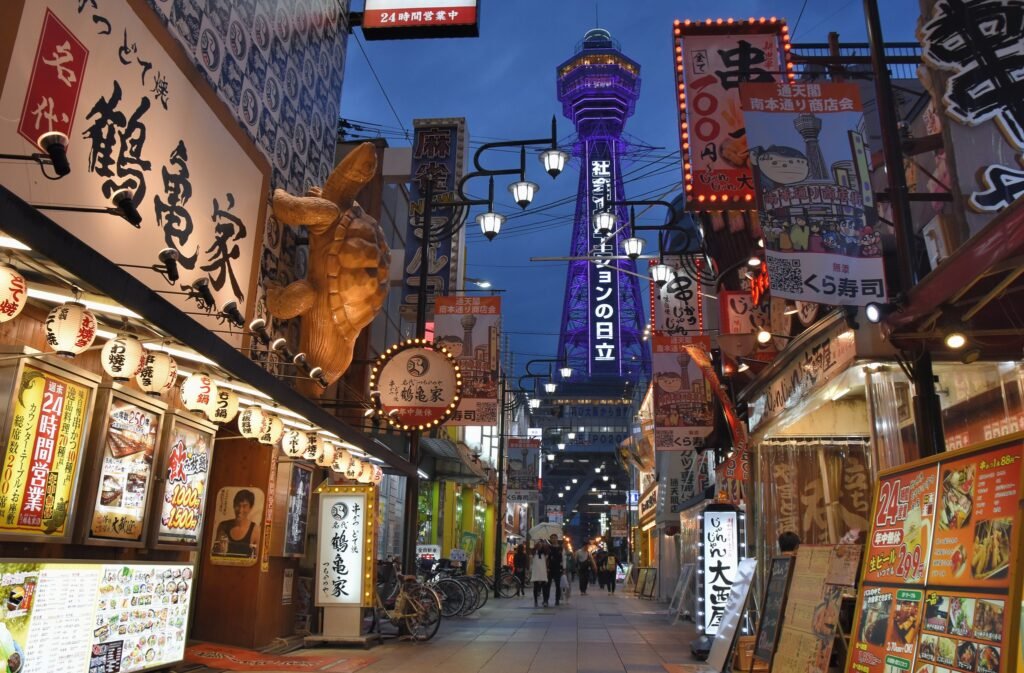
Overall, for those unable, whatever the reason, to obtain Japanese currency before coming to Japan, the easiest solution is to bring your credit card with you and use it at a convenience store. These ATMs offer the most favorable exchange rate as well as the easiest access, especially in the evenings or on weekends. Be sure to check with your card issuer that your card will work in Japan, and which ATMs will accept it.
Failing that, local Japanese banks offer the next best option for currency conversion. However, you will pay a premium for doing so.
Hotels, currency exchange stores and airport currency kiosks should only be used as a last resort. They offer poor value for money, and will, ultimately impact your spending power while you are in Osaka.
However you decide to obtain your yen for your next trip to Osaka, be sure to keep checking back here at Osaka.com for more help and advice on planning your next visit!



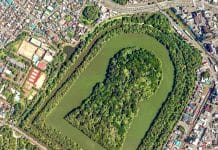


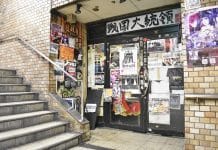
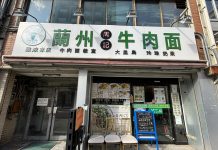











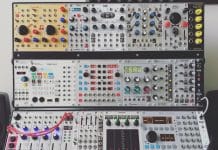





I have found this article incredibly helpful, however I have no idea if this information is up to date. I looked for a publishing date and can’t seem to find one. How can I find out when this was written?
Hi, Jenny:
Thank you for liking this article and finding it useful. The article was published on 28th February 2023. As far as we are aware of, the information is still up-to-date.
It alright